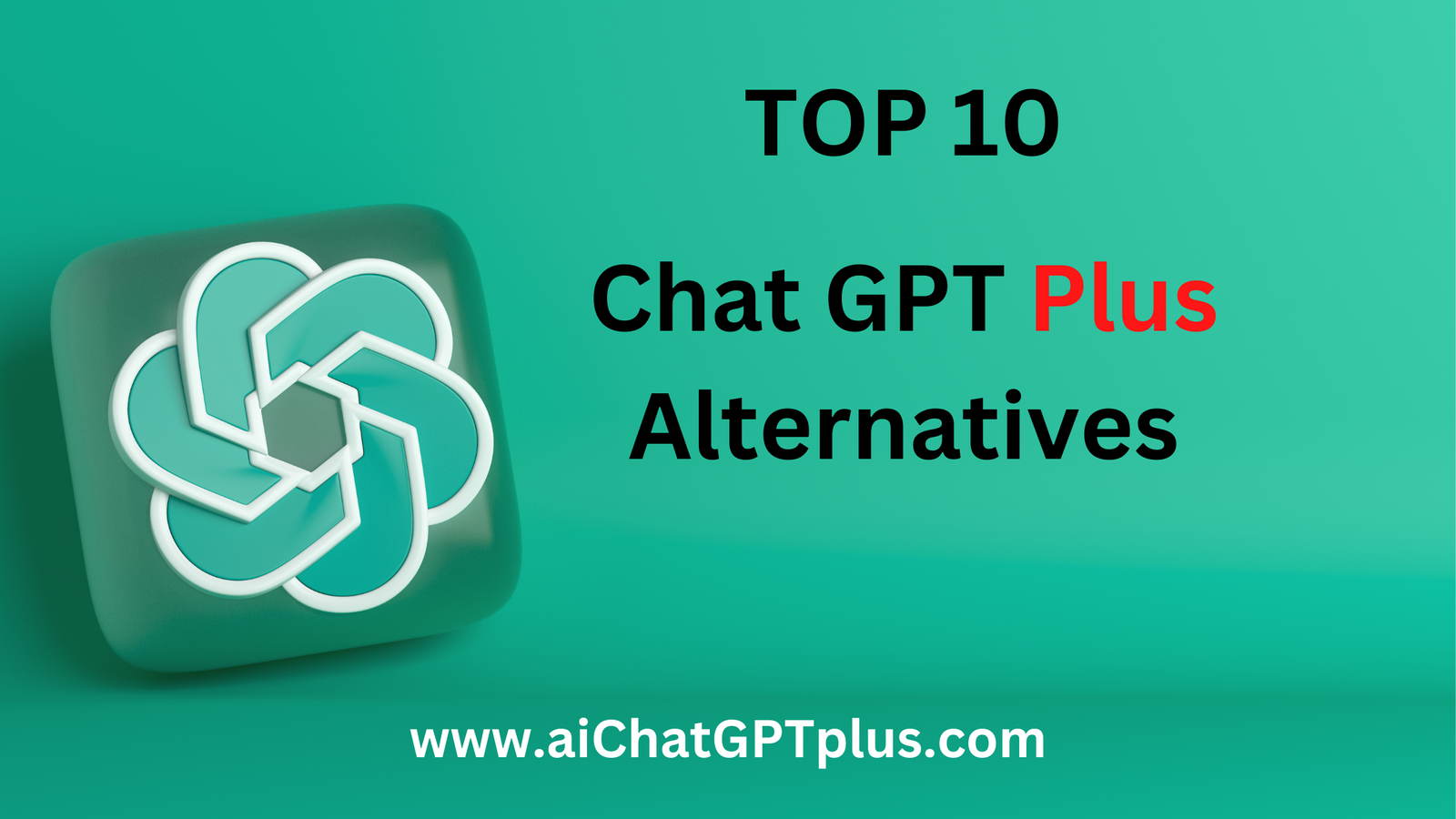There are many alternative language models to Chat GPT Plus. Here are Top 10 Chat GPT Plus alternatives:
- BERT (Bidirectional Encoder Representations from Transformers)
- RoBERTa (Robustly Optimized BERT)
- GPT-2 (Generative Pre-trained Transformer 2)
- T5 (Text-to-Text Transfer Transformer)
- XLNet (eXtreme MultiLingual neural Transformer)
- Transformer-XL (Transformer with extra-long context)
- ELECTRA (Efficiently Learning an Encoder that Classifies Token Replacements Accurately)
- ALBERT (A Lite BERT)
- Reformer (The Efficient Transformer)
- Longformer (The Long-document Transformer)
These language models are all designed to process natural language data and perform tasks like language translation, text summarization, and question-answering. Each model has its own strengths and weaknesses and is suited for different types of tasks and data. The choice of which language model to use depends on the specific task and the size and complexity of the input data.
Related Article: How to get Chat GPT Plus?
Top 10 Chat GPT Plus Alternatives Details
Here is the details of Chat GPT Plus alternatives:
1. BERT (Bidirectional Encoder Representations from Transformers):
Developed by Google, BERT is a pre-trained model that can be fine-tuned for a wide range of NLP tasks. It uses a bidirectional transformer architecture that can understand the context of a word in a sentence, leading to more accurate predictions.
2. RoBERTa (Robustly Optimized BERT):
RoBERTa is a further optimized version of BERT, developed by Facebook. It was trained using larger datasets and longer sequences, leading to better performance on a range of NLP tasks.
3. GPT-2 (Generative Pre-trained Transformer 2):
Developed by OpenAI, GPT-2 is a large-scale language model that can generate human-like text with high coherence and grammaticality. It is trained on a diverse range of internet texts and is used for tasks like text generation, summarization, and translation.
4. T5 (Text-to-Text Transfer Transformer):
Developed by Google, T5 is a transformer-based model that can be fine-tuned for a wide range of NLP tasks, including text classification, question-answering, and text generation. It uses a “text-to-text” approach that converts all NLP problems into a single format, making it easy to train and deploy.
5. XLNet (eXtreme MultiLingual neural Transformer):
Developed by Google, XLNet is a large-scale language model that can handle long-range dependencies and outperforms other models on a range of NLP tasks. It uses an autoregressive model that can capture the full context of a sentence.
6. Transformer-XL (Transformer with extra-long context):
Developed by CMU and Google, Transformer-XL is an extension of the original transformer model that can handle long-range dependencies and has a longer context than traditional models. It is used for tasks like language modeling, text classification, and machine translation.
7. ELECTRA (Efficiently Learning an Encoder that Classifies Token Replacements Accurately):
Developed by Google, ELECTRA is a highly efficient model that can train faster than other models while achieving similar or better performance. It uses a pre-training approach where a smaller model predicts replaced tokens to enhance training efficiency.
8. ALBERT (A Lite BERT):
Developed by Google, ALBERT is a lighter version of BERT that can achieve similar performance on a range of NLP tasks. It uses parameter reduction techniques to reduce the model size and improve training efficiency.
9. Reformer (The Efficient Transformer):
Developed by Google, Reformer is an efficient transformer model that can process longer sequences than other models. It uses a locality-sensitive hashing (LSH) technique to reduce the computation time required for attention calculations.
10. Longformer (The Long-document Transformer):
Developed by Allen Institute for AI, Longformer is a transformer model that can process very long documents (up to 4,096 tokens). It uses an attention mechanism that is designed to scale to long sequences, making it suitable for document-level tasks like summarization and classification.

